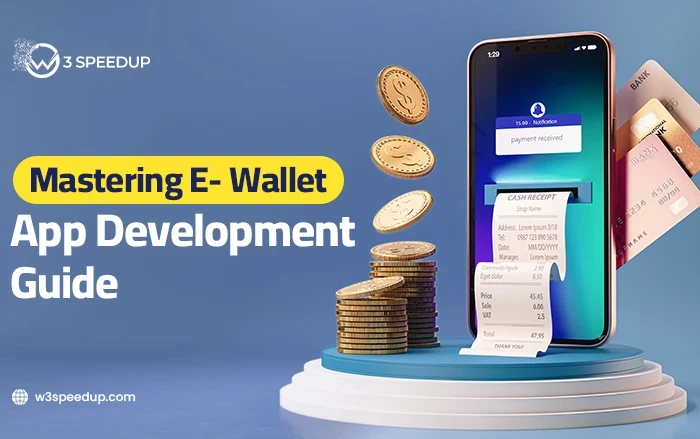Organizations and individuals globally have used traditional payment methods for many centuries. The methods proved slow, costly, and unreliable throughout the centuries. Their unreliability prompted the need for a faster and safer payment system. This is how digital payment systems were developed.
From the long list of modes of digital payments, eWallets quickly gained popularity. They are less expensive to users and are easier to create. Development teams undertake complex e wallet software development projects for customers. If you are planning to create an ewallet app, understanding the project’s processes is crucial.
Discovering your ewallet app development need
The first step into ewallet application development is to discover why you need it. The goal of your application is not to store money only. It should help you conduct hundreds or thousands of transactions daily. The size or features of your app depend on the intended uses.
You may want the app for peer-to-peer transfers or to make bank transfers. You may want it for NFC-based payments or in-application payments. Another person may want an e-wallet to make or receive payment through online payment gateways. To get started, decide why you need the application.
Once you identify your need, you can start the initial phases of digital wallet development. The process may take time depending on the size of your project. Just how ewallet app development experts work, you need to first form a professional team. This is the team that will guide you in your mobile wallet app development process. They will use their expertise and advise you on the best features to include and the most reasonable cost. Get yourself involved in every phase to ensure you get the best application. You may select your internal team to help you monitor the process and do tests.
Deciding the type of ewallet software you need
Now that you know why you need an e-wallet, decide the type that you need. The type depends on the use and features required. You can choose your e-wallet type from the main popular types in the market.
- Open e-wallets. An open virtual wallet is highly functional and accessible. They are useful for making payments, receiving payments, and transfers. They are recognized by many merchants across the globe.
- Closed wallets. Closed virtual wallets work within specific payment networks. They are used to make payments to the issuing company. They offer limited transfers, payments, or transactions.
- Semi-closed wallets. Semi-closed virtual wallets are more popular but work within certain networks. They can be used to pay bills, or do shopping.
Understanding what the market needs
Research will help you know what your market needs. Your e-wallet will be useful to your brand but more useful to clients. You may review your competitor’s wallet to know its features. Understand why they developed it and whether it met user expectations. The goals for your app should be clear. Successful business strategies require understanding the gaps in the market and the most viable solutions.
Identifying an ewallet app development company
Together with your team, decide the type of wallet app developers you need to hire. The team you hire should have the expertise you need. They must have the capacity to deliver quality applications on time. Choose a team that is friendly to your budget and timelines. You may check the company’s reviews to determine whether it is worth hiring.
Creating your ewallet application development plan
The development plan features a variety of considerations. Start by considering your budget. The budget can determine the size of the company you will hire. Planning also includes deciding the features your application will have.
The wallet may include analytics features. You may include management features and personal support. Within the planning phase, decide the starting and finishing time for the project. Plan a budget and provide duties to your team.
Starting the process of building a digital wallet
The process of creating your wallet involves multiple activities. The team first creates the wallet’s design for your approval. The design factors include both the UX and the UI structure. The code plays an important role in this phase. Agree whether a cross-platform app is suitable or you might need a native application.
You must choose the right technology to use for this process. Be careful with the elements used in both the front and back-end development. The development phase should prioritize your application security. Security elements are useful for addressing data protection concerns. It should feature user authentication in the design.
eWallet app testing and deployment
Once the wallet app developers complete their work, they should begin the software testing process. This phase tests whether the wallet meets the market standards. It checks for any security gaps within the app. After the team is satisfied with the app’s quality assurance, they will proceed to the deployment phase. In this phase, the company chooses a payment gateway provider. The team integrates the wallet into the company system. This process is followed by integration into the payment gateway system. The wallet goes through a series of further tests and distribution.
Conclusion
E-wallet development goes through a series of phases. The process starts with an idea and understanding of the market. The company chooses the development team to work with. The team creates the platform design and develops both the UX and UI. After testing for quality, it is deployed into the system and distributed. The wallet needs continuous updates to maintain its integrity and security.
 Christmas Mega Sale – Enjoy Up to 50% OFF on Every Plan!
Christmas Mega Sale – Enjoy Up to 50% OFF on Every Plan! 



